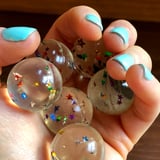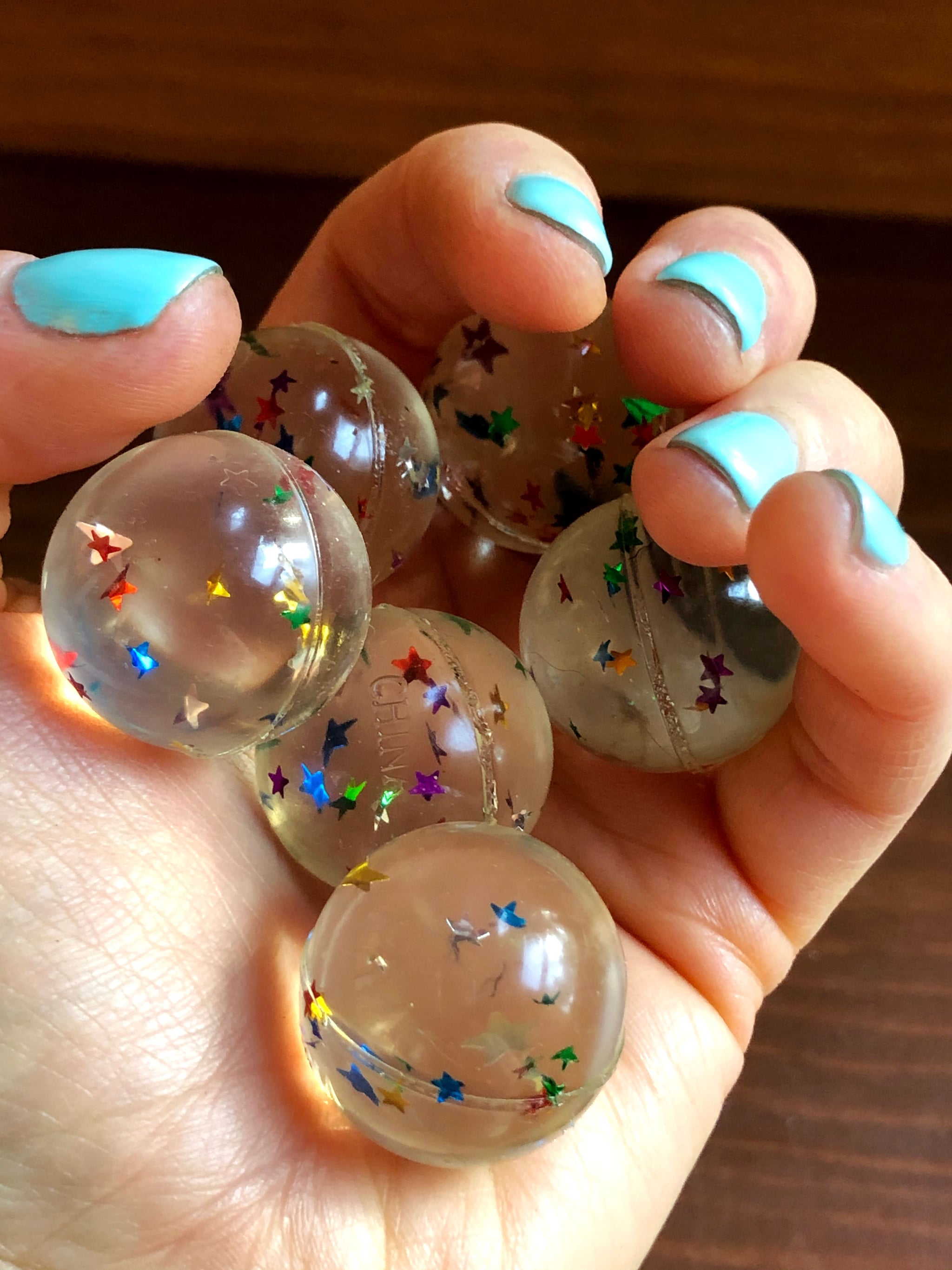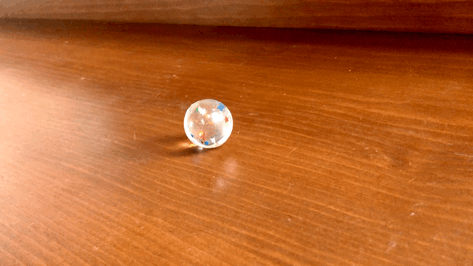

When my CrossFit coach handed out bouncy balls during Core Mobility, a class where we focus on stretching, foam rolling, and massage, I was confused. What the heck were we going to do with this, play a game? But when head CrossFit coach and owner of Champlain Valley CrossFit, Jade Jenny, described it as a mini lacrosse ball that you could use to massage smaller muscles, a lightbulb went off!

Jade said to put the ball on the floor or on a box, rest our palm on it, and apply gentle pressure as we rolled our hands across the ball. It was amazing! I was able to massage the heel of my palm, and had no idea how tight and sore it was until I really started exploring different areas of my hand.
Physical therapist Erin Adams, DPT, CMTPT (certified manual trigger point therapist) from Fit2Perform refers to this as "self-myofascial release (massage) of the hand." Its benefits include relief from sore muscles or pain, increased blood flow, improving range of motion and grip strength, prevention of overuse injuries, and as a form of workout recovery.
Reasons to Try Self-Myofascial Release
- Pain relief: Erin explained that self-myofascial release (SMFR) can help "alleviate pain in the hand and wrist from diagnoses such as carpal tunnel syndrome, joint arthritis, and overuse injuries caused by repetitive tasks at work or home." You know that cell phone you're always on? "Cell phone use is the most trending cause in increased thumb joint and hand pain due to overuse of muscles surrounding the thumb," Erin said. "This overuse can directly cause trigger points to develop in the muscles, which then lead to pain and tenderness, decreased range of motion, and fatigue." SMFR is a method of self-treatment you can do at home (or anywhere!) that can effectively eliminate these trigger points and muscle tension.
- As a preventative: SMFR is also preventative! Even if you don't have pain or injury, Erin said that self-myofascial release may also be used as a warmup or for recovery for certain activities such as working out, hobbies that involve the hands such as knitting, drawing, or playing an instrument, or keyboarding which all involve wrist and hand motion.
- It's accessible: Probably the best thing about SMFR is that it's accessible, affordable, and able to be done in any environment, making it a useful tool for everyone, anytime! Being so accessible, this is something you could easily include in your daily routine, and since it's a self-applied technique, it can be performed directly prior to an activity for increased performance or right after to recover! And, you're in charge of where and how much pressure you apply.
How to Perform Self-Myofascial Release
Use a firm bouncy ball on a hard surface such as a chair, desk, or the floor. Gently press your soft tissue (not bone or joint) into the ball with enough pressure to mobilize the tissue. You'll find most of the soft tissue on the palm of your hand, along the base of your thumb, and outside of your hand. You may also include your forearm for additional relief in the wrist and hand.
Try both circular and back and forth motions within the muscle belly, moving slowly and thoughtfully, Erin suggested. You may also try active release technique, where you hold pressure for sustained periods of time performing flexion and extension of your fingers to move the muscles underneath the pressure (oh man that's intense!). Just be sure not to hold sustained pressure longer than 15 to 20 seconds at a time, and be careful not to apply too much force to avoid bruising the tissue.
For added pain relief, Erin advised to "follow up with applying a natural pain-relieving cream or salve made with ingredients such as arnica, emu oil, tumeric, boswellia extract, or menthol."
When massaging our hand with a bouncy ball, Erin added a word of caution: "If this increases your pain or does not improve your pain, seek evaluation and recommendation from a skilled medical practitioner such as your primary care doctor or a physical therapist."

0 comments :
Post a Comment